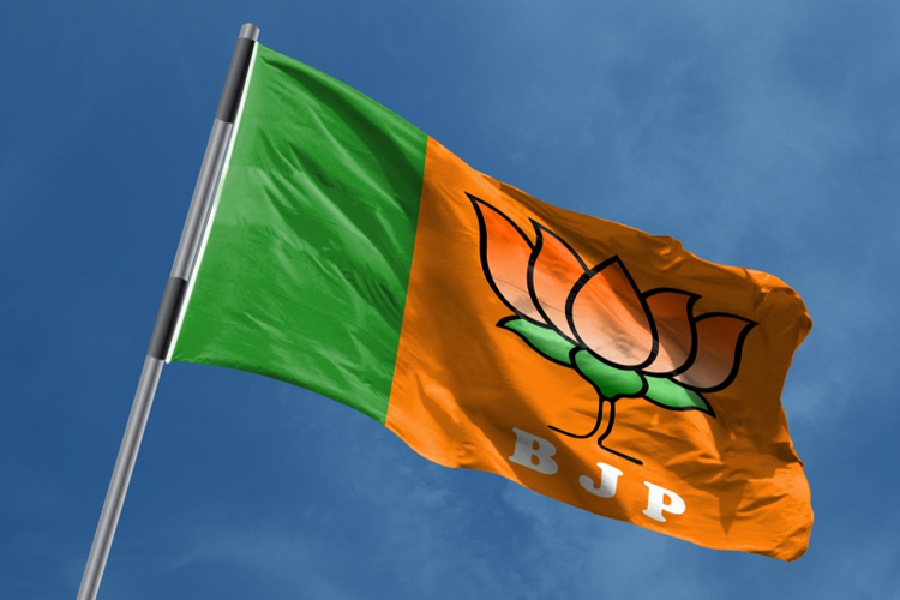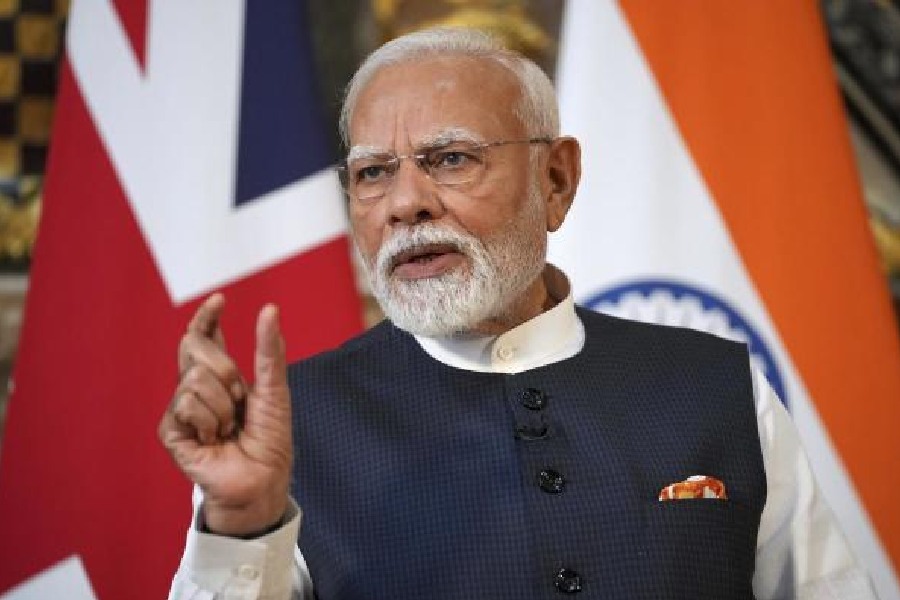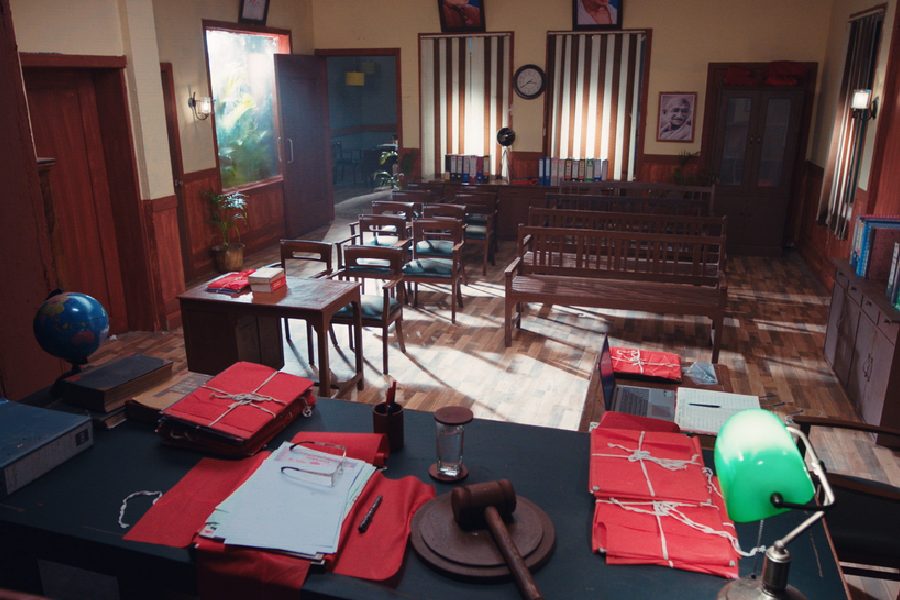|
|
| Value addition |
Following the recent leak of the CAT question paper, a number of questions are being asked in the media regarding the role of the Indian Institutes of Management and CAT in today’s India. These deserve discussion and debate.
The first question: what roles are the IIMs supposed to perform in a country like India? The IIMs were established in the early Sixties. Even “socialist” leaders like Jawaharlal Nehru found an urgent need for institutes that would produce and train managers for the public and the private sectors. The shortage of professional managers, like shortage of capital, was regarded a crucial constraint on India’s industrialization drive. Today, the two Indian brands that are globally accepted as world class are the IITs and IIMs. Graduates from these institutes are welcomed on the payrolls of employers all over the world .
Of course, there are the doubting Thomases. Some think that managers cannot be produced in business schools. Many great businessmen are self-taught. True. But they miss a few points. First, what can be learned through years of experience and “doing” can often be mastered in a much shorter time though systematic education. Some of the top “unschooled” managers have openly recognized this.
Second, today’s business world is much more complex and competitive than it was earlier. All scope for cost cutting, productivity improvement and other ways of enhancing bottom lines by the use of sophisticated state-of-the-art techniques must be exhausted for survival. It was not so in older days of “protectionism” and licence-permit raj.
Third, businessmen are not fools. They would not have paid such high salaries to IIM graduates over such a long period if they had not got their money’s worth. One may still argue that it is not for their training at the IIMs but the fact that they have been screened several times by such demanding tests as the IIT joint entrance examination and then again the IIM-CAT which gives them their astronomical market value.
That is partly true but certainly not the full explanation. Ask any IIM graduate and he would vouch for the value added though quality education at the IIMs. In any case, that brings us to the question of the value of CAT. This year nearly 1.3 lakh students are competing for the 1,200-odd seats at the six IIMs. The CAT is a written test which evaluates a student’s quantitative, analytical and verbal skills. Those who score very high are then called for a group discussion and personal interviews. The CAT scores, the scores at the GD and the interviews, past academic achievements are all taken into consideration, with pre-determined weights, to prepare a composite score and the final selection is made strictly according to this list.
There is not a single known case where a student has entered IIMs through the back door, by violating the merit list, despite intense pressures from different quarters. One circumstantial evidence would be to verify how few (almost non-existent) among the successful entrants to IIMs are the sons and daughters of IIM faculty or board members. This shows how scrupulously the sanctity of CAT and the admission procedure has been maintained over the years. This year’s leakage, which most probably happened at the press, is an aberration. Nonetheless, it is a matter of deep regret and concern, specially as the IIT-JEE question paper also got leaked a few years ago. This shows how vigilant the test administrators need to be against unscrupulous people who can do anything to enter the bastions of merit.
How about the suggestion that CAT be replaced by a single uniform national test for all management schools and that personal interviews be done away with? Apparently, this would reduce the hassles of students. But imagine that a few undeserving students, who paid a few lakhs to buy the question paper and answers, manage to get through the CAT. At least, under the present system, there is a fair chance that they would be screened out at the interview stage. Moreover, the GDs and interviews are meant to check the communication skills and leadership qualities of the student which are so essential for managers.
The problem with a single admission test for all management institutes is that the difference in the quality of applicants and management schools is so great in India that it is nearly impossible to devise a single test which will be able to differentiate students properly. The CAT is meant to screen out the really bright from the rest. If all students are made to go through a CAT-like super-difficult test, many of them would score very poorly and there would be so much bunching at the lower levels that it would not be possible to differentiate between them. So, there will have to be a different test for such students. For similar reasons, the Indian administrative services examination has been kept different from the state-level administrative service exams.
The counter-argument is that all management students in the United States of America go through a single test called the GMAT. Why not in India? A few points need to be noted here. The difference in quality between the top business schools and the bottom schools in the US would be much less than the corresponding difference in India. Unfortunately in India, the All India Council of Technical Education and various universities have given approval to hundreds of management institutes which have mushroomed without the required infrastructure and good quality faculty. The standards of students going into such institutes would also be correspondingly low.
Second, the GMAT has been a world-wide test backed by enormous resources. A great deal of research has been done over many years to make it scientifically valid for a wide cross-section of students. The current paper-setters of CAT or any other body in India are simply not equipped to design such a test at this point of time.
Third, the GMAT is not a pencil and paper test. For several years now, the GMAT (and GRE) has been made an online test taken by students sitting at a computer terminal at the testing centre. One can sit for the test any day throughout the year. This is a big advantage over the CAT which has to be taken on a fixed day throughout India, irrespective of the student’s convenience. “Why can’t applicants to the IIMs take the GMAT (instead of the CAT), which is conducted throughout the year by the Educational Testing Service of the US?” ask some students.
There are several problems. One, the GMAT is more than ten times expensive (costing around $ 225 or more than Rs 10,000) than the CAT (which costs around Rs 1,000). Two, logistically it is nearly impossible for 1.3 lakh students to take online computer tests at ETS test centres even if the examination is spread over several months. For example, in Calcutta there is only one ETS test centre for GMAT. Further, each test centre has a small number of properly equipped computer terminals. Third, applicants from remote areas or from poor families may not have adequate familiarity with computers and computer-based tests. They will be at a distinct disadvantage, relative to others. For all these reasons it is not practicable to substitute the CAT with the GMAT, at this point of time.
Finally, there is a feeling that the fees charged by the IIMs — around Rs 3 lakh over a two year period — are exorbitant for a poor country like India. Here, remember that the average starting salary of an IIM graduate is around Rs 6 lakh per annum. So, the two year fees amount to only six months of their first year’s salary. Why should they not pay for the cost of the high-class facilities they enjoy when they can afford to pay?
For poor students, the IIMs provide many scholarships. These can be further increased. Banks are also eager to give loans to IIM students because repayment is no problem. The government, since the early Nineties, has been insisting that higher education — especially institutions of engineering and management — should be self-financing as far as possible. The IIMs are the one place where this policy can be implemented, without compromising the equity principle.











